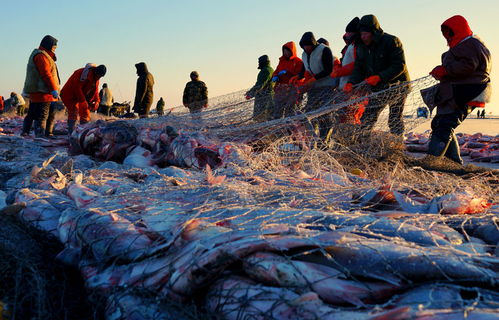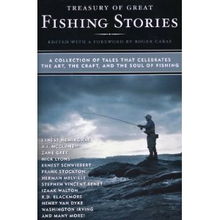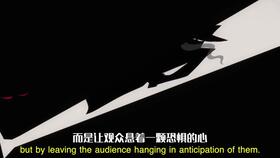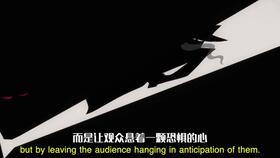Introduction:
Angling, an ancient pastime that has stood the test of time, continues to captivate anglers of all ages and skill levels. Whether you're a seasoned pro or a beginner looking to cast your line into the unknown, mastering the art of angling requires a blend of patience, skill, and a wealth of knowledge. One crucial aspect of angling is learning how to effectively "pull in the catch" or "lure" fish. In this article, we delve into the essential tips and knowledge that will help you become a master at luring fish to your hook.
Understanding Fish Behavior:
Before you can successfully lure fish, it's important to understand their behavior. Fish are creatures of habit, and by observing their patterns, you can increase your chances of a successful catch. Here are some key points to consider:
- Habitat: Fish often congregate in specific areas where they can find food and protection. Study the local ecosystem to identify prime spots for your target species.
- Feeding Times: Fish are most active during certain times of the day. Early morning and evening are typically the best times for feeding, so plan your outings accordingly.
- Water Conditions: Temperature, clarity, and flow rate all play a role in fish behavior. Adjust your tactics based on the conditions you encounter.
Choosing the Right Lure:
The right lure can make all the difference in your angling success. Here are some guidelines for selecting the perfect lure:
- Species-Specific: Different fish species respond to different types of lures. Research the preferences of your target species and choose a lure that mimics their natural prey.
- Size and Shape: The size and shape of your lure should match the size and type of food available in the water. A lure that is too large or too small may not attract the fish.
- Color: Color can be a crucial factor in lure selection. Bright colors like red, white, and chartreuse are often effective, but it's also important to consider the water clarity and the time of day.
Techniques for Luring Fish:
Once you have the right lure, it's time to put it to work. Here are some effective techniques for luring fish:
- Cast and Retrieve: This is the most basic technique, where you cast your lure into the water and retrieve it back to you. The key is to mimic the natural movement of prey, such as a swimming insect or small fish.
- Jigging: Jigging involves moving your lure up and down in the water column. This technique is particularly effective for bottom-dwelling fish like bass and walleye.
- Trolling: Trolling involves slowly moving your boat while dragging your lure behind you. This technique is great for covering a lot of water and can be effective for a variety of species.
- Spinnerbaiting: Spinnerbaits are designed to create a lot of noise and movement, which can attract fish from a distance. This technique is often used in murky water or during low-light conditions.
How to Pull in the Catch:
Once you've lured a fish to your hook, the next step is to land it. Here are some tips for successfully pulling in the catch:
- Set the Hook: When you feel a bite, quickly and firmly set the hook. The longer you wait, the greater the chance the fish will escape.
- Play the Fish: Once the fish is hooked, play it carefully. Avoid reeling in too quickly, as this can exhaust the fish and lead to a broken line. Instead, allow the fish to tire itself out while maintaining tension on the line.
- Land the Fish: Once the fish is tired, slowly bring it to the boat or shore. Use a net to help you land the fish safely and humanely.
Conclusion:
Luring fish is an art that takes time and practice to master. By understanding fish behavior, choosing the right lure, mastering various techniques, and learning how to land your catch, you'll be well on your way to becoming an angling expert. Remember, the key to success is patience, persistence, and a willingness to learn. Happy fishing!












